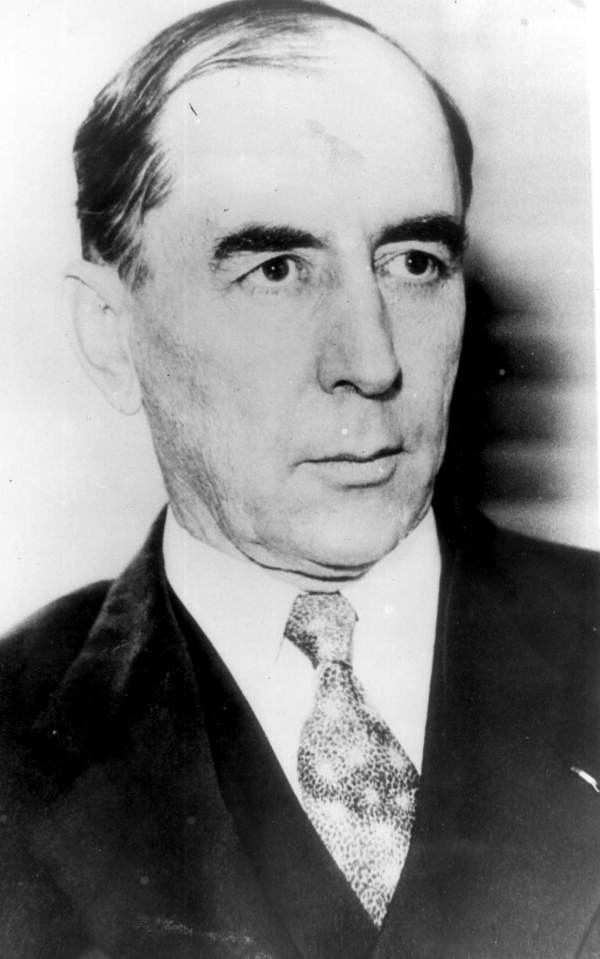Allegiance United States Name Albert Blanding | Years of service 1895-1940 | |
 | ||
Born November 9, 1876Lyons, Iowa ( 1876-11-09 ) Battles/wars Pancho Villa ExpeditionWorld War IWorld War II Died December 26, 1970, Bartow, Florida, United States Commands held 53rd Infantry Brigade Combat Team, 31st Infantry Division | ||
Albert Hazen Blanding (November 9, 1876 – December 26, 1970) was a United States Army officer. Among the most distinguished military figures in Florida's history, he was a recipient of the Distinguished Service Medal.
Contents
- Early life
- Pancho Villa Expedition
- World War I
- Post World War I
- National Guard Bureau
- World War II
- Philanthropic and civic activities
- Awards
- Death and burial
- Legacy
- References

Early life
Blanding was born in Lyons, Iowa, but his family moved to Florida when he was two years old. Blanding attended East Florida Seminary, now known as the University of Florida, in Gainesville, graduating in 1894. He was commissioned a captain in the Florida National Guard in 1899. At the time, he was a phosphate company executive. he advanced through the ranks in a variety of staff and command positions, receiving promotion to major in 1906 and lieutenant colonel in 1908.
Pancho Villa Expedition
Blanding was promoted to the rank of colonel in 1909 and ran a turpentine, sawmill, and lumber business from 1910 to 1914 while active on the National Guard roster. In the Pancho Villa Expedition, Blanding commanded the Second Florida Infantry.
World War I
On August 5, 1917, Blanding was called up to serve in World War I, where he commanded the 53rd Brigade, 27th Division, as a brigadier general.
In France, he commanded the 185th Infantry Brigade, which included the 370th Infantry Regiment from Illinois.
After hostilities ceased, he was awarded the Distinguished Service Medal and was discharged from the Army on March 1, 1919, after which he resumed his service to the Florida National Guard.
Post World War I
Blanding served as State of Florida Chairman for the American Legion for a time and was a member of the Florida Board of Control from 1922 to 1936.
In 1924, he was promoted to Major General in the National Guard and commander of the 31st Infantry Division.
National Guard Bureau
From 1936 to 1940, Blanding was Chief of the National Guard Bureau by appointment of President Franklin D. Roosevelt. He held this post while continuing to command the 31st Infantry Division.
At his 1940 retirement, Blanding received a state promotion to Lieutenant General in recognition of his service and accomplishments.
World War II
During World War II, Blanding was the Military Advisor to Florida's Governor. After the war, he was an advocate for the establishment of the Everglades National Park.
Philanthropic and civic activities
Blanding was a member of the Elks, the Kiwanias, and a Mason.
Awards
Death and burial
Blanding died December 26, 1970. He is buried in Evergreen Cemetery in Gainesville, Florida.
Legacy
In 1939, he was honored by the establishment of a military station, Camp Blanding, in his name; this would become the primary military reservation and training station for the Florida National Guard.
The University of Florida awarded him Doctor of Laws in May 1942. During World War II he served on the Florida Board of the Selective Service System and helped found Everglades National Park.
Blanding was designated a Great Floridian by the Florida Department of State in the Great Floridians 2000 Program. A plaque attesting to the honor is located at Bartow City Hall.
